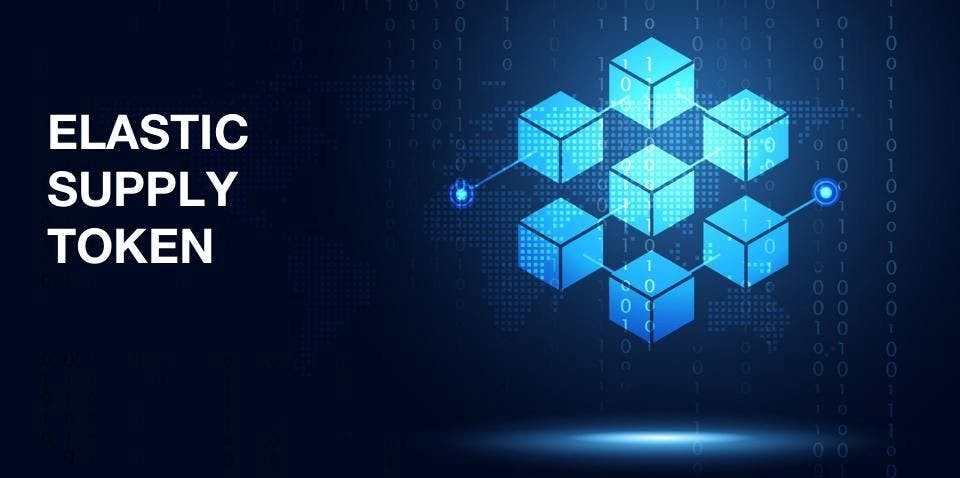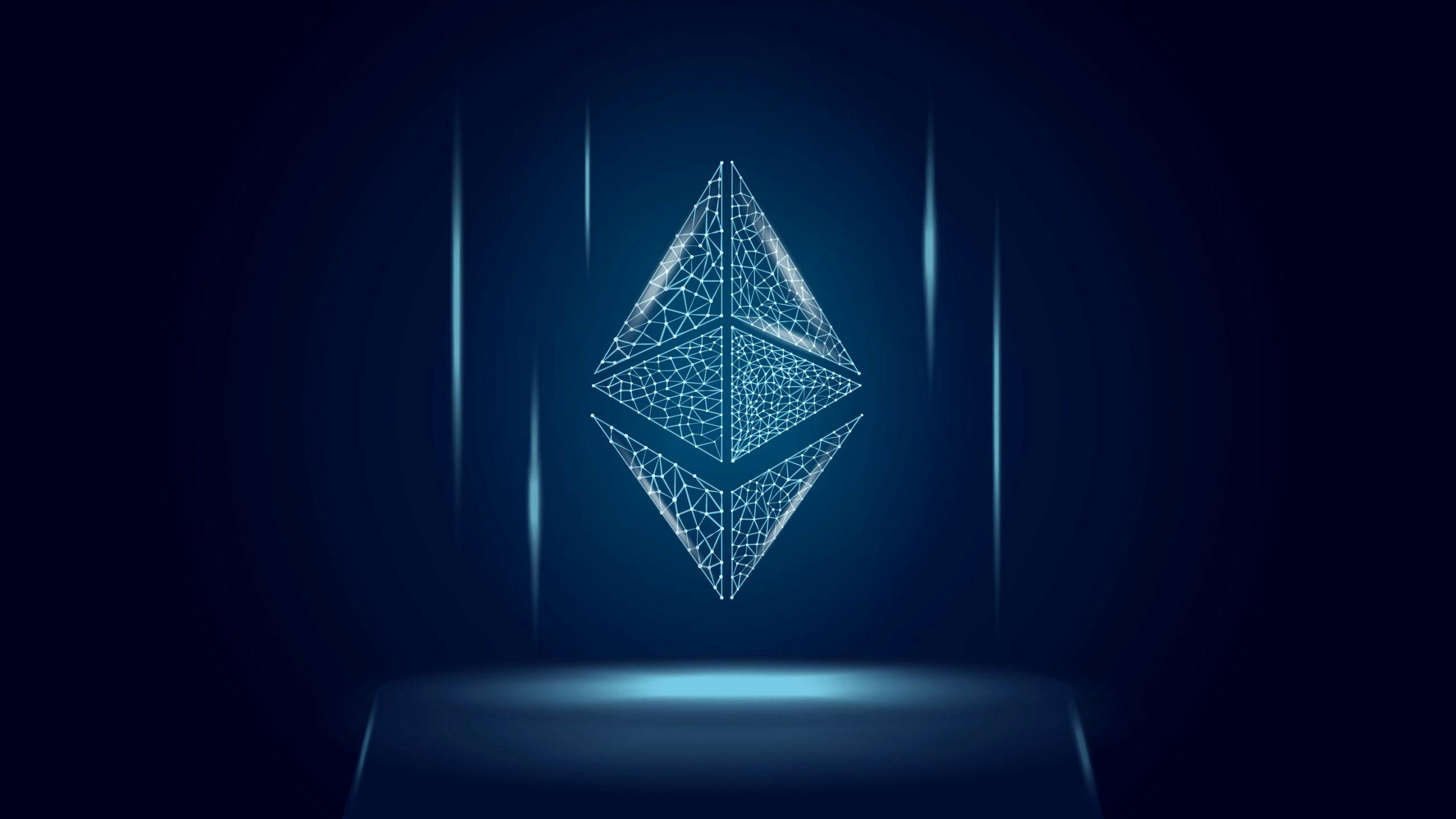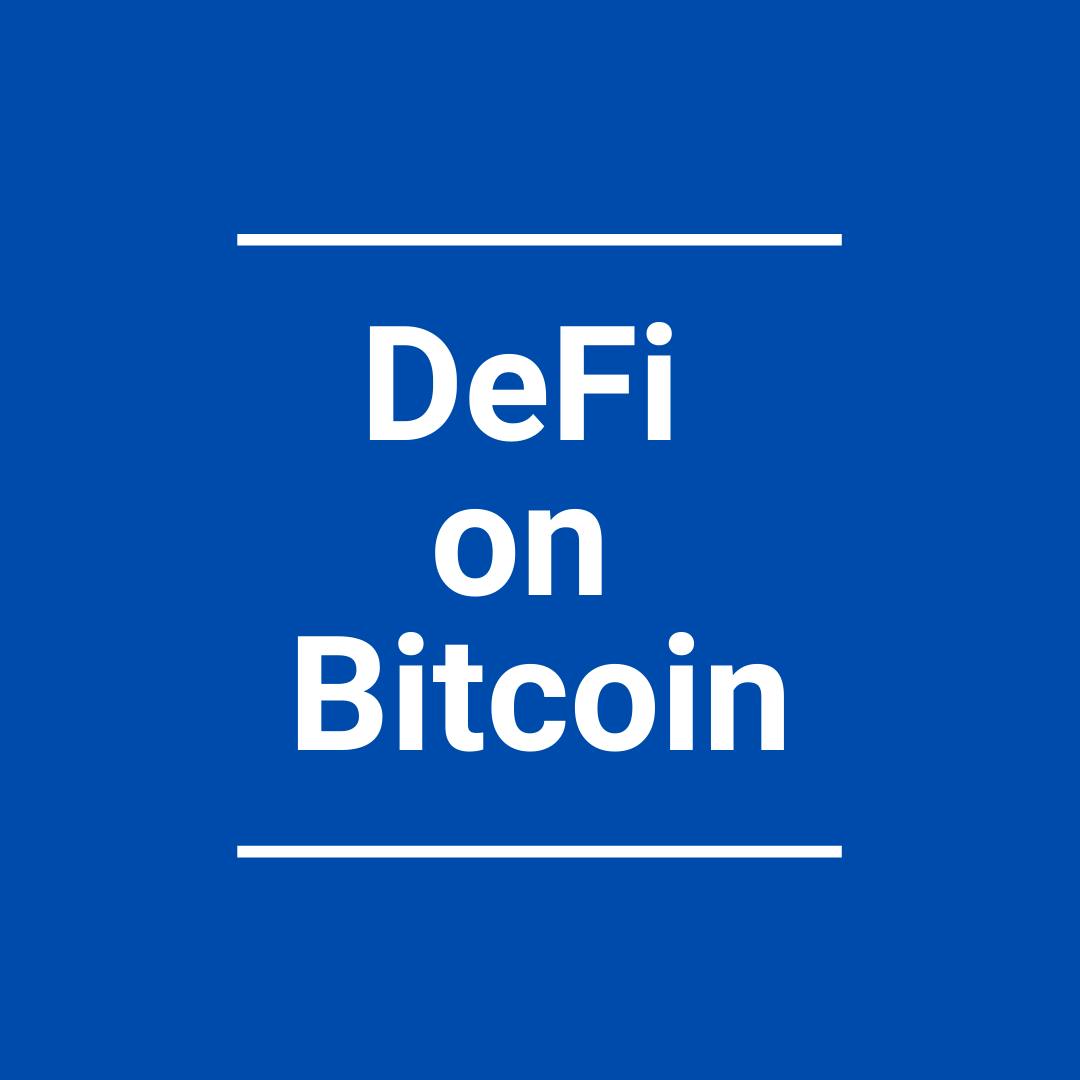
- All
- Tools
- Analytics
- Technical Analysis
- Trading
- Blockchain
- DeFi
- Guides
- Company News
- Educational
- Opinion
- Price Predictions
- Market News
- News
- Trading cases
- Practical guides
- Exchanges
- Trading signals
- Cryptocurrency
- Crypto bots
- Other
Become a crypto master
Learn everything about crypto,
trading and bots

Avalanche – an open-source platform for launching highly-scalable decentralized application featuring an Ethereum VM
Start Trading on 3Commas Today
Get full access to all 3Commas trading tools with free trial period

After its emergence, Ethereum quickly gained the love of the crypto community. Over the years, the drawbacks of Ethereum have become increasingly noticeable – high fees and relatively low bandwidth have, to some extent, started hindering the development of the decentralized finance sphere on top of it. Recently, a complementary project to Ethereum called Avalanche has gained popularity. Today, we will look at some of the technical features and key organizations within the Avalanche ecosystem.
What is Avalanche?
Avalanche is an open-source platform for launching decentralized applications and enterprise blockchain deployments in one interoperable, highly scalable ecosystem. Developers who build on Avalanche can easily create powerful, reliable, and secure applications with private or public blockchain networks.
Speed is a hugely important factor, and Avalanche steps up to deliver, being capable of processing more than 4,500 transactions per second, with confirmations on Avalanche taking less than a second. Avalanche supports the entire Ethereum development toolkit and allows for millions of independent validators to participate as block producers, thanks to its underlying consensus protocol.
Avalanche may seem similar to Ethereum in that it’s an open-source platform that allows anyone to deploy smart contracts and create decentralized applications. However, some key differences make Avalanche stand out.
- Modularity. Avalanche allows you to use subnets to create new, private or public blockchains within a single, interoperable network.
- Customization. With Avalanche, developers have full control over the behavior of smart contracts. They can set restrictions on interactions with decentralized applications, implement custom virtual machines, and select programming languages for specific subnets;
- Scalability and security. Avalanche’s blockchain is underpinned by Avalanche Consensus, a breakthrough in consensus protocols that enables millions of full, block-producing validators to participate in securing and validating network activity. Proof-of-Stake (PoS) is used as the Sybil attack prevention mechanism.
- High-performance. Avalanche consensus enables the platform to process thousands of transactions per second, with complete finality in less than a second.
The scope of Avalanche is almost limitless, as its customizability and performance can benefit any use case fit for decentralized networks. However, the Ava Labs team is focused on developing interoperable financial products and blockchain-based applications. The results of their work could give rise to a whole new group of financial assets in this area.
Avalanche Consensus Protocols
The dilemma of creating publicly accessible databases has continued to challenge many. It lies in guaranteeing that only valid transactions are included in such a database.
Satoshi Nakamoto, the anonymous developer of Bitcoin, successfully solved this challenge, but Nakamoto Consensus is slow to finality and cannot support a high number of transactions, making it virtually unusable for fast transactions in everyday life. Avalanche protocols combine all the positive features of Nakamoto Consensus, while also achieving high scalability, reliability, low latency, and high bandwidth.
The Ethereum Virtual Machine (EVM) on Avalanche
Moving on from Avalanche features to something even more exciting. Avalanche is fully-compatible with the Ethereum Virtual Machine, meaning all Ethereum applications and assets are able to run on Avalanche while leveraging the highly-performant Avalanche consensus protocol.
For developers, this means that Solidity works out of the box and supports the rest of the Ethereum toolkit such as Remix, Metamask, MyEtherWallet, Web3js, Truffe Suite, Embark, and others.
Other projects in the Avalanche ecosystem
Whiteblock
Since 2017, Whiteblock has established itself as a leader in blockchain testing. The company’s client list includes the Ethereum Foundation and even the U.S. Department of Defense. With Whiteblock, blockchain platforms can reliably test the performance of their networks in decentralized production environment systems. With advanced testing methodologies, project teams can identify areas of their systems in need of further improvement, as well as prepare for blockchain launches.
The Ava Labs team behind Avalanche development partnered with Whiteblock in August of this year. Whiteblock is one of the leaders in blockchain performance testing and optimization. Through this partnership, Ava Labs and Whiteblock experts have been able to conduct a series of stress tests, security checks, and other methods to evaluate the platform.
IOSG Ventures
IOSG Ventures, founded in 2017, is a research-focused venture capital fund specializing in Open Finance, Web 3.0, and other blockchain innovations. The fund has over 60 investments and is active in various developer and DAO communities. IOSG Ventures invests in the best teams with innovative ideas, high-quality work, and a strong community.
Quantstamp
Quantstamp is a platform designed to improve the security of smart contracts by auditing them to detect any potential vulnerabilities. Before Quantstamp, developers’ only way to detect breaches in their code was to offer rewards to others for digging into their code and finding any issues.
Since August this year, Quantstamp has partnered with Ava Labs to optimize platform security. Through this partnership, Avalanche will be able to meet the needs of major players in global finance and tackle the complexities of integrating digital assets into traditional businesses.
Figment
Based in Canada, Figment is the country’s largest blockchain infrastructure and services provider, catering to customers worldwide. Figment’s mission is to support the adoption, growth, and long-term success of the Web 3.0 ecosystem. Figment’s goal is to simplify the use of next-generation blockchain technology for developers. The company provides enterprise-class node and staking infrastructure, the Hubble Web 3 browser, and developer tools. Recently Figment started working with Ava Labs to provide the blockchain browser and Web 3 API Data Hub access gateway.
Torus
Torus is a Singapore-based company founded in 2018 that is building a bridge between the authentication services like Google or Facebook that many users are accustomed to and blockchain-based applications. The company aims to make any digital identity a valid cross-platform identifier, allowing users to transfer their digital credentials to any app online.
Chainlink
Since its introduction to the cryptocurrency market, Chainlink has captured a lot of attention from crypto investors, startups, and even major tech and financial players like Google and SWIFT. Chainlink solves one of the biggest problems in the context of the practical implementation of smart contracts – connecting blockchains to physical data, such as asset prices or product delivery information, through so-called oracles.
Architecture-wise, Chainlink is designed with modules both inside and outside the network that are interconnected and can be updated to adapt to technological developments in a flexible manner. Decentralization is achieved both by extracting data from multiple sources and by processing it on multiple nodes. Oracles are managed by a network of nodes whose performance and reputation are constantly monitored. Chainlink oracles are designed to connect the blockchain to any external data feed or API, such as financial market data, weather reports, and more.
Conclusion
In 2023, the Avalanche blockchain has emerged as a vibrant ground for the evolution of the NFT marketplace, characterized by its robust, high-performance, and scalable ecosystem. The thriving development of NFT marketplaces on Avalanche is attributed to its minimal transaction fees and swift finality, enhancing user and developer experience. This facilitation has led to a flourishing array of diverse and innovative NFT projects and platforms, contributing to the expansion and diversity of digital assets within the Avalanche ecosystem. The convergence of creators, collectors, and developers in this space is a testament to Avalanche's pivotal role in shaping and nurturing the growth of the NFT landscape.

A proven leader, successful at establishing operational excellence and building high-performance teams with a sharp focus on value creation and customer success.





